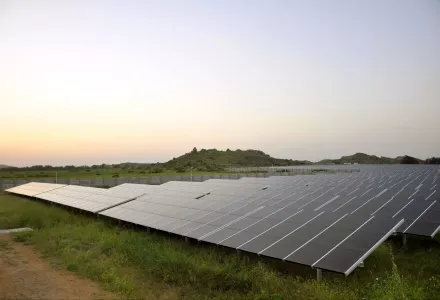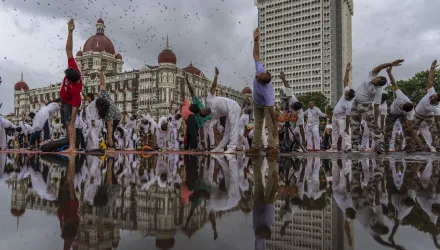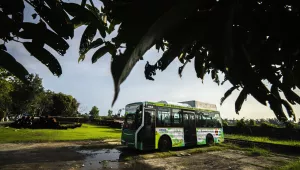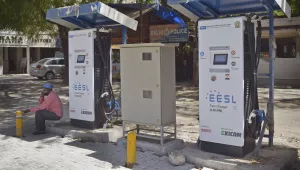
Abstract
Policymakers in the electricity sector in several developing countries must perform a balancing act between ensuring financial viability of utilities, extending electricity access and minimizing the environmental impact of electricity supply. However, it is often not clear how multiple policy goals and instruments in an electricity sector policy mix interact with each other in a dynamic manner. This study uses a mixed-method approach to analyze synergies and trade-offs between policies for financial reform of utilities, extending electricity access, and solar PV deployment in the case of Uttar Pradesh in India. First, it uses qualitative methods to trace the evolution of Uttar Pradesh's electricity sector policy mix from 2012 to 2018 and to highlight key interactions therein. Second, it uses financial modeling to analyze the impact of the identified key interactions on utilities' financial performance from 2019 to 2022. The study finds that the policies often do not consider their mutual interactions, even though policy design and sequencing can have a major role in determining policy outcomes. Thus, this study provides recommendations on how to develop a more integrated approach to policy mix design in the electricity sector. Ex-ante assessments of policy mixes that take into account multiple policy goals, instruments as well as their sequencing could prove to be particularly fruitful.
Highlights
- Analysis of utility financial reform, rural electrification and solar PV deployment.
- All three policy goals and instruments to achieve them interact with each other.
- Quantitative analysis of policy interactions and their effect on utility finances.
- Policy design and sequencing determine the nature and extent of interactions.
- Ex-ante quantitative analyses of policy interactions useful for policy mix design.
Malhotra, Abhishek . “Trade-Offs and Synergies in Power Sector Policy Mixes: The Case of Uttar Pradesh, India.” Energy Policy, May 2022
The full text of this publication is available via Energy Policy.





